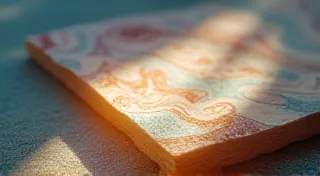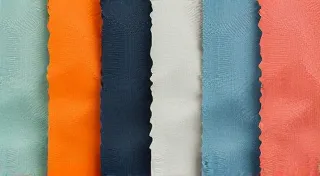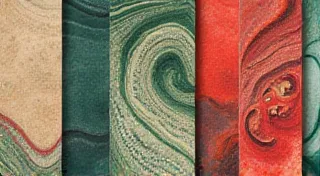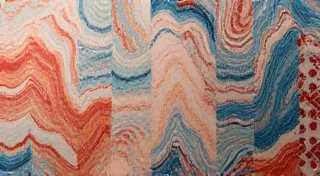Acrylic vs. Ink: Choosing the Right Paint for Paper Marbling
Welcome to the captivating world of paper marbling! Creating those mesmerizing, flowing patterns on paper is a truly rewarding experience. A crucial decision you’ll face when starting (or refining) your marbling journey is selecting the right type of paint. While both acrylic paints and inks can produce stunning results, they possess distinct properties that impact the final outcome. This guide will delve into the pros and cons of each, helping you choose the best option for your artistic vision.
Understanding the Materials
Before we jump into the comparison, let's clarify what we'll be discussing. When we talk about "paint" in paper marbling, we're referring to the colored pigment that floats on the marbling bath and transfers to the paper.
Acrylic Paints: Versatile and Accessible
Acrylic paints are water-based, readily available at craft stores, and come in a wide range of colors. Their affordability and ease of use make them a popular choice for beginners.
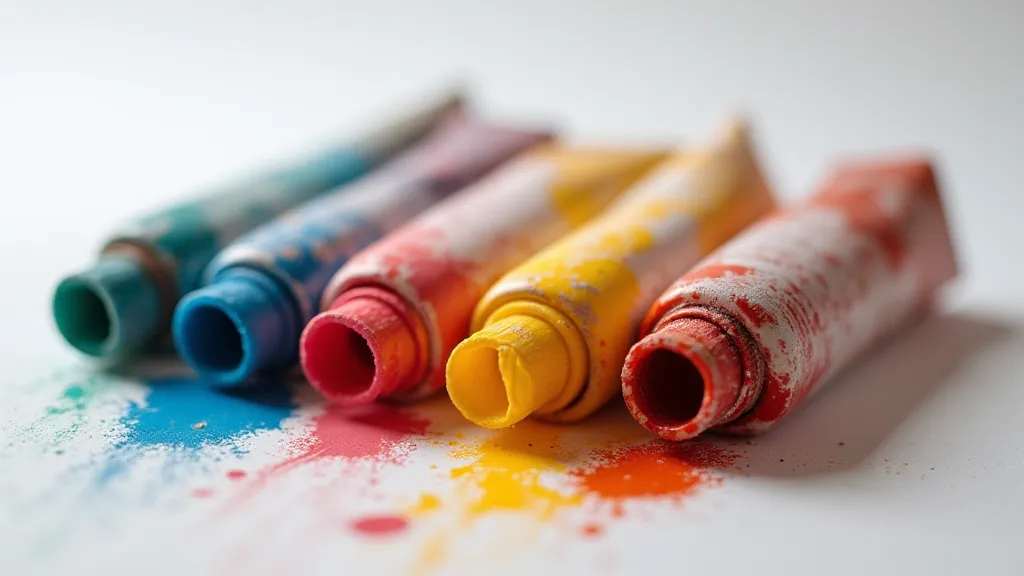
Key Characteristics:
- Opacity: Acrylic paints are generally more opaque than inks, meaning they cover the paper surface more completely.
- Blending: While they can blend, acrylics tend to dry faster, which can make complex blending techniques challenging.
- Durability: Acrylics are durable and waterproof once dry.
- Cost: Relatively inexpensive.
Inks: The Flow Masters
Marbling inks are specifically designed for the process. They’re highly pigmented, have excellent flow properties, and spread beautifully on the water surface. While often pricier than acrylics, the results are often exceptionally vibrant and intricate.
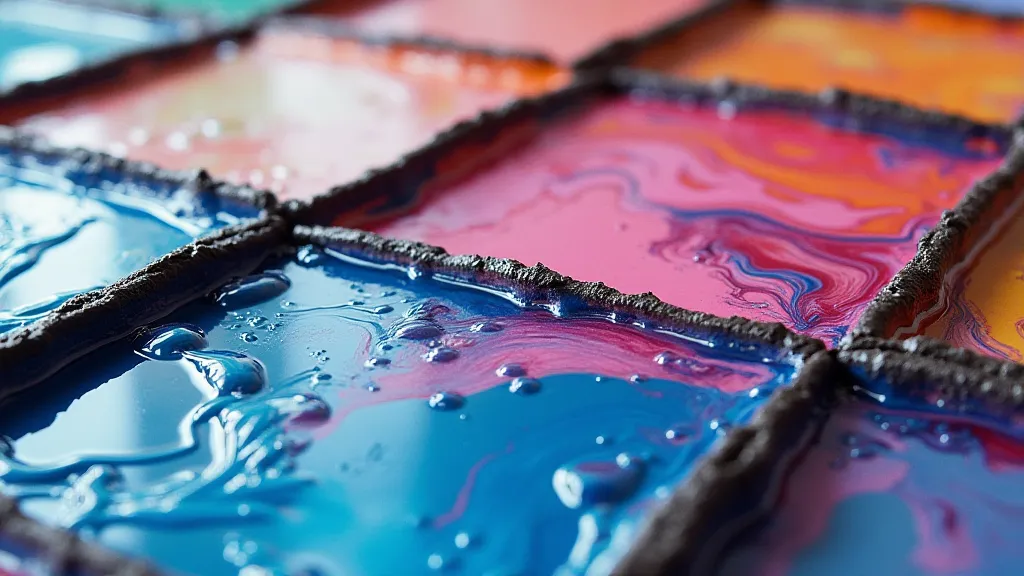
Key Characteristics:
- Transparency: Inks are highly transparent, allowing for layering and creating depth in your designs.
- Flow: Excellent flow characteristics – they spread effortlessly on the water surface.
- Vibrancy: Produce incredibly vibrant and detailed patterns.
- Cost: Generally more expensive than acrylic paints.
Acrylic vs. Ink: A Side-by-Side Comparison
| Feature | Acrylic Paint | Marbling Ink |
|---|---|---|
| Opacity | Opaque | Transparent |
| Flow | Good (can be improved with additives) | Excellent |
| Layering | Can be difficult | Easier | Layering |
| Durability | High | High |
| Cost | Low | High |
| Beginner Friendliness | Very | Moderate |
Which One Should You Choose?
The best choice depends on your desired outcome and experience level.
- For Beginners: Acrylic paints are a fantastic starting point. They are forgiving and allow you to experiment without a significant investment. You can use thickening agents to help the paint stay on the surface longer.
- For Detailed Designs: Inks excel at creating intricate and delicate patterns due to their superior flow and transparency. If you're aiming for intricate floral designs or complex abstract patterns, inks are the way to go.
- For Vibrant Colors: While both can produce vibrant colors, inks often achieve a more intense luminosity.
- For Budget-Conscious Projects: Acrylic paints offer a more economical option, especially when starting.

Experimentation is Key!
Don’t be afraid to experiment! Many marblers combine both acrylics and inks to achieve unique effects. Try diluting acrylics to make them more translucent, or use thickening agents to prolong the floating time of both types of paint. Happy marbling!
